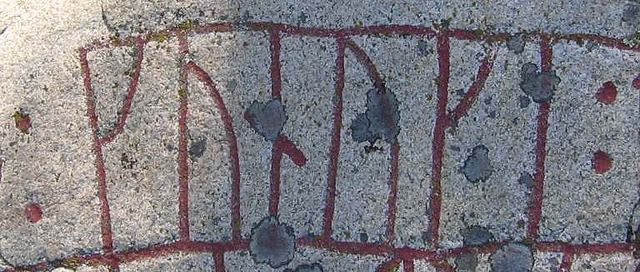Stockholm Palace or the Royal Palace is the official residence and major royal palace of the Swedish monarch. Stockholm Palace is in Stadsholmen, in Gamla stan in the capital, Stockholm. It neighbours the Riksdag building. The offices of the King, the other members of the Swedish royal family, and the Royal Court of Sweden are here. The palace is used for representative purposes by the King whilst performing his duties as the head of state.
Stockholm Palace, the Royal Palace
De la Vallée's suggestion from 1654
Tessin the Younger's adaptation of the city area west of the palace in the 1650s and 1690s
The northern row with the planned Lejonbacken before the fire in 1697. From the Suecia Antiqua et Hodierna.
The monarchy of Sweden is centred on the monarchical head of state of Sweden, by law a constitutional and hereditary monarchy with a parliamentary system. There have been kings in what now is the Kingdom of Sweden for more than a millennium. Originally an elective monarchy, it became a hereditary monarchy in the 16th century during the reign of Gustav Vasa, though virtually all monarchs before that belonged to a limited and small number of political families which are considered to be the royal dynasties of Sweden.
Monarchy of Sweden
kunuki, i.e. konungi, the dative case for Old Norse konungr ("king"). A runic inscription of the 11th century (U11) refers to King Håkan the Red.
Gustav I, portrayed here in 1542 by Jakob Binck, legally created the hereditary monarchy and organized the Swedish unitary state.
The Lion of the North: King Gustavus Adolphus depicted at the turning point of the Battle of Breitenfeld (1631) against the forces of Johann Tserclaes, Count of Tilly








